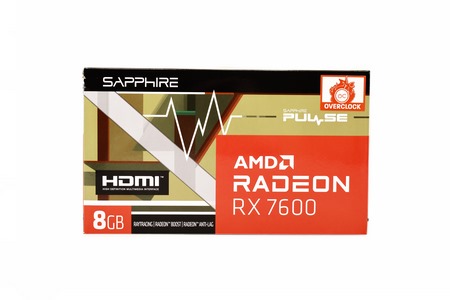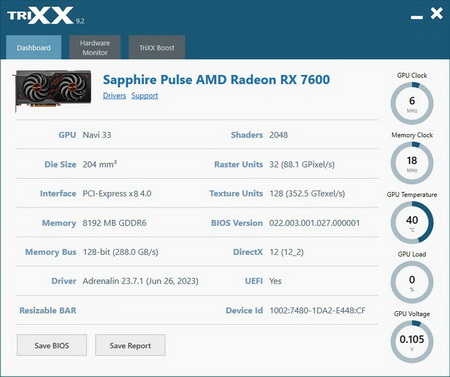INTRODUCTION

Even though the top graphics cards by both AMD and NVIDIA are always the ones gamers use to determine which manufacturer is leading the market in terms of performance in reality it's the more down to earth models that most care about. For example, even though the Radeon RX 7900 XTX by AMD is their current flagship graphics card countless people are still waiting for the lower-tier models like the upcoming Radeon RX 7700/7800 and even the rather recently unveiled Radeon RX 7600. Now i didn't have the chance to test the Radeon RX 7600 when it was released a few months back (seems like they forgot about us) but the Pulse OC model by SAPPHIRE arrived here roughly 3 weeks ago and today my review is finally ready to publish.
SAPPHIRE Technology continues to be a world leading manufacturer and global supplier of innovative graphics and mainboard products, delivering its AMD Radeon based products to the PC markets addressing gaming, eSports and performance graphics enthusiasts as well as delivering an array of professional graphics products and embedded system solutions. Recently SAPPHIRE has penetrated new markets with a series of GPU Compute server systems targeting the blockchain and commercial cryptocurrency mining businesses.
As expected, the latest Radeon RX 7600 by AMD is based on the same RDNA 3 graphics architecture as both the Radeon RX 7900 XT and XTX models. Strangely however the new Navi 33 is not just a cut down version of the Navi 31 chip, it's also manufactured using DUV lithography (6nm process) instead of the newer and improved EUV one (5nm process). In the long run this might not be a serious drawback for a low/mid-tier model like the Radeon RX 7600 (not to mention this is less costly for AMD) but some potential buyers may not like that. In terms of specifications the new Navi 33 chip packs 32 RDNA 3 compute units, 2048 stream processors, 64 raster units (or render output units), 32 ray accelerators (or ray tracing cores), 128 texture mapping units, 2 shader engines, 32MB of Infinity Cache and for the 1st time for an AMD graphics card a total of 64 AI accelerators. As for VRAM for the Radeon RX 7600 AMD has paired 8GB GDDR6 clocked at 18 Gbps with an 128-bit memory interface. As for SAPPHIRE well they've once again used their very own cooler with the card (dual heatpipe, single heatsink design with two dual-ball bearing fans) and as expected they've also increased game clocks from the 2250MHz of the reference AMD model to 2356MHz (VRAM speed on the other remains the same at 18Gbps). Finally in terms of connectivity the Radeon RX 7600 Pulse OC by Sapphire features three DisplayPort v2.1 outputs and a single HDMI v2.1a output.
SPECIFICATIONS AND FEATURES

PACKAGING AND CONTENTS
As with past cards by SAPPHIRE the front is taken by the model’s name, their logo, main product features and an OC sticker.
The key features of the Radeon RX 7600 Pulse OC card are printed on the left side.
Turning the card around we find the main product features, this time with quick descriptions underneath.
Inside the box the card is wrapped inside a static-free bag and placed between a formed piece of cardboard.
Just the quick installation guide and contact information for SAPPHIRE accompany the Radeon RX 7600 Pulse OC.
THE RADEON RX 7600 8GB PULSE OC
Measuring 240mm in length, 107.1mm in height and 44.07mm in thickness (dual-slot card) the SAPPHIRE Radeon RX 7600 Pulse OC is a small to medium sized card.
Just to have a better understanding of size here you can see the Radeon RX 7600 Pulse OC next to the Radeon RX 7900 XTX Nitro+ again by SAPPHIRE.
Two dual-ball bearing fans are placed just over the card to keep temperatures inside in check.
Underneath the fans SAPPHIRE has placed a single aluminum fin heatsink with two nickel plated copper heatpipes passing through it.
Unfortunately, just like other Pulse OC models by SAPPHIRE the Radeon RX 7600 doesn't have RGB lighting.
The single 8-pin power connector on top combined with the PCIe slot means that this card could go even up to 225W in terms of consumption (SAPPHIRE states 185W).
Most of the rear is taken by a nice looking metal plate.
As mentioned earlier at the front we find three DP v2.1 ports and a single HDMI v2.1a port.
TRIXX V9.2
The popular TRIXX control software by SAPPHIRE has reached version 9.2 (most notable difference is that now you can use it without having to install it).
As with past version the first tab lists information about the card itself, including some monitoring graphs on the right side.
Second tab is a very thorough hardware monitoring tool which pretty much covers every single bit of the card you’re using.
Finally, from the 3rd tab you can further boost the performance of your card if needed at the cost of some image quality.
TEST BED
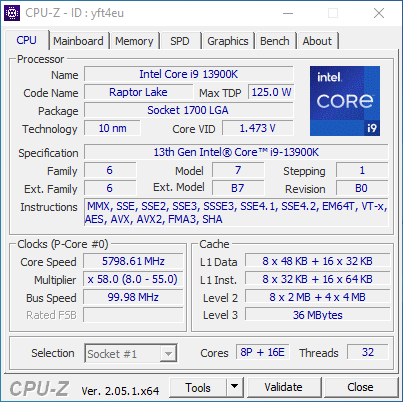

TESTING METHODOLOGY

Since I changed my graphics card test rig i decided to tweak things a bit and so the entire testing methodology has changed. So, for the foreseeable future for tests, I’ll be using the EV3285 monitor by EIZO (later on i may also add tri-monitor results since i do have 2 cockpits here in the lab) for 2160p UHD (3840x2160p), 1440p (2560x1440p) and 1080p Full HD (1920x1080p) tests. Needless to say, since most of you voted for it, I’ll also be using the Intel Core I9-13900K (5.8GHz P/4.7GHz E/4.9GHz RING), EVGA Z790 DARK test rig which I’ve completed with the Kingston FURY RENEGADE 32GB DDR5 7200MHz CL38 dual-channel kit.
Most games have also been changed so instead of manually testing every single one (and always allowing a small percentage of error) i chose all the latest ones to feature a built-in benchmark. In certain cases, built-in benchmarks may perform better than in-game but my purpose is comparison and not what one can expect in terms of in-game performance. So, this list includes Chernobylite, Cyberpunk 2077, F1 2022, Far Cry 6, Forza Horizon 5, Guardians Of The Galaxy, Horizon Zero Dawn CE, Metro Exodus Enhanced Edition, Red Dead Redemption 2 and Returnal. Also, since some of you have asked for Synthetic benchmarks in the past, I’ll also be using Speed Way and Port Royal from 3D Mark.
As with the past options like power saving, sharpness, overlays and even zero fan mode are all disabled in the cards we’re testing (to achieve the purest and maximum performance) and all tests are repeated a total of 3 times in a fresh Windows 10 Pro installation with all updates installed until the day of our review (same as all the games used). Room temperature is as usual controlled and steady at 23 degrees Celsius for all tests and to record the temperatures of the cards we used AIDA64 and GPU-Z. Recording noise levels is done with an ExTech HD600 dBA meter from a distance of just 15cm away while power consumption is measured again using GPU-Z.
TEST RESULTS – SPEED WAY

3DMark Speed Way’s engine is assembled to demonstrate what the latest DirectX API (12 Ultimate) brings to ray traced gaming, using DirectX Raytracing tier 1.1 for real-time global illumination and real-time raytraced reflections, coupled with new performance optimizations like Mesh Shaders.



TEST RESULTS – PORT ROYAL

3DMark Port Royal is the world’s first real-time ray tracing benchmark for gamers. It shows you how well your PC handles ray tracing effects in real-time.



TEST RESULTS – CHERNOBYLITE

Chernobylite is a 1st person RPG set in the hyper-realistic, 3D-scanned wasteland of Chernobyl's Exclusion Zone. It's based on Unreal Engine 4 and will be used at Ultra graphics (RT Ultra/Off).






TEST RESULTS – CYBERPUNK 2077

Cyberpunk 2077 is the latest game by CD Project and is based on their REDEngine 4. Graphics are set at Ultra/Psycho (RT Psycho/Off).






TEST RESULTS – F1 2022
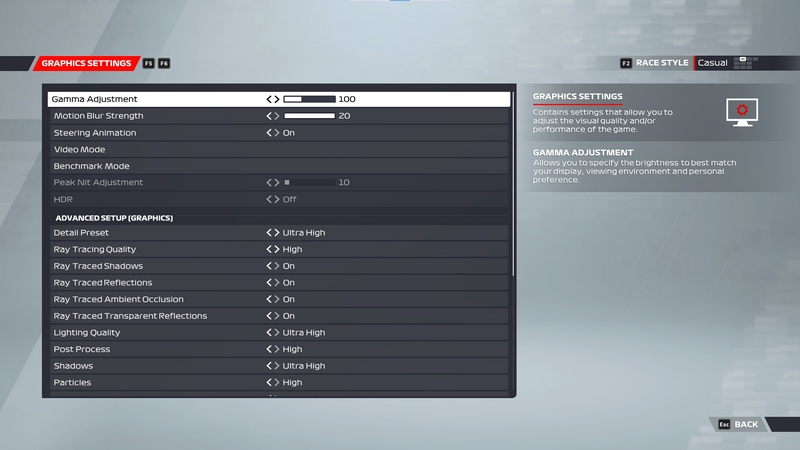
F1 2022 is built on Codemasters' in-house engine, EGO, which has been upgraded to include DX12 and Ray-Tracing. Graphics are set to Ultra High (RT is enabled in all tests).
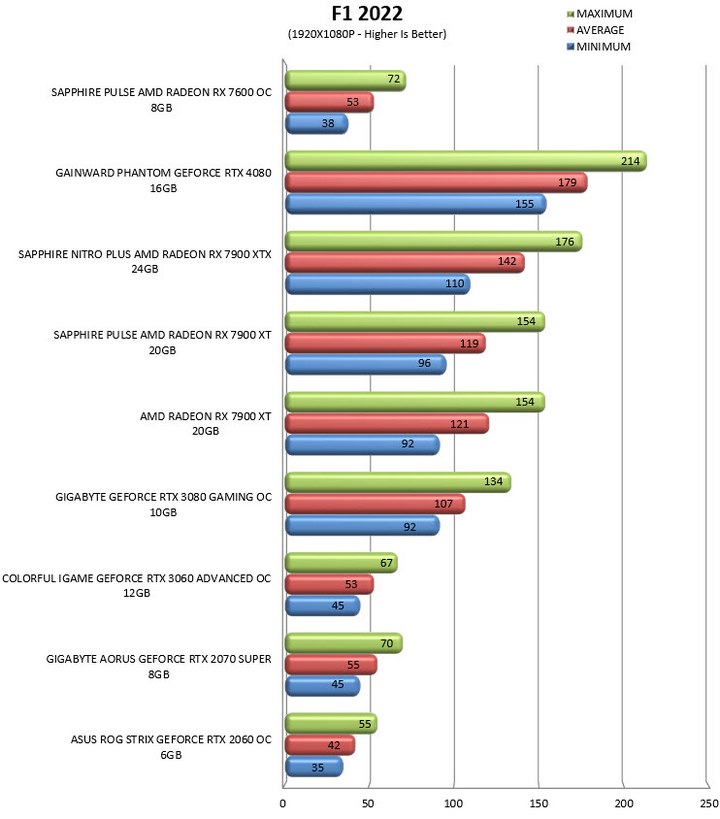

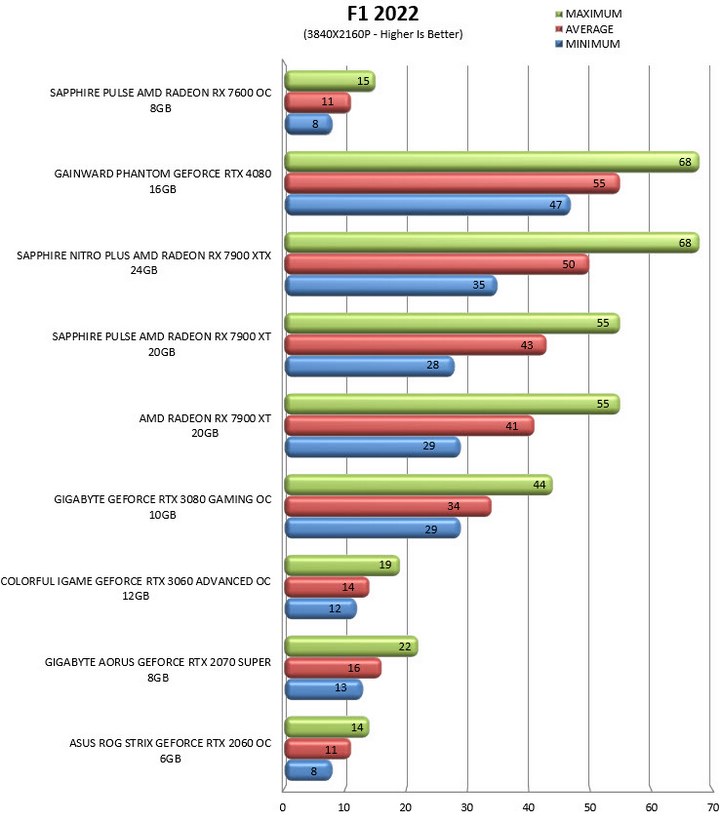
TEST RESULTS – FAR CRY 6

Far Cry 6 is based on the Dunia engine. Graphics are set to Ultra with DXR enabled.



TEST RESULTS – FORZA HORIZON 5

Forza Horizon 5 uses ForzaTech, a proprietary engine built by Turn 10. Graphics are set to Extreme (RT is always enabled at high).



TEST RESULTS - GUARDIANS OF THE GALAXY
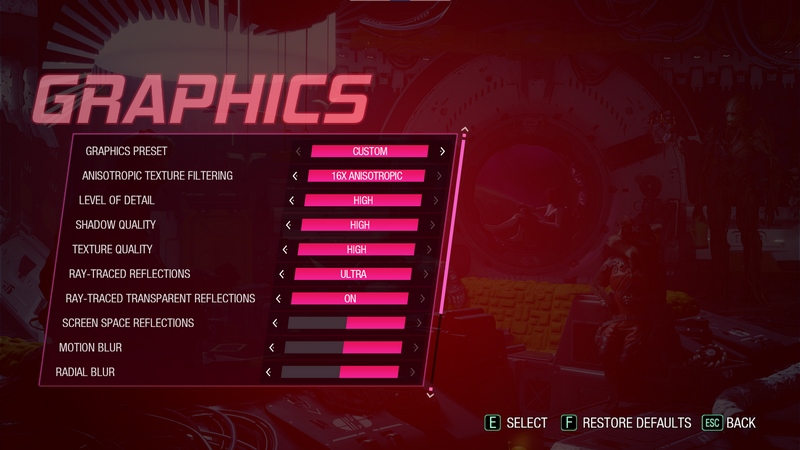
Guardians Of The Galaxy is based on the Dawn Engine by EIDOS. Graphics are set to maximum (RT Ultra/Off).






TEST RESULTS - HORIZON ZERO DAWN CE
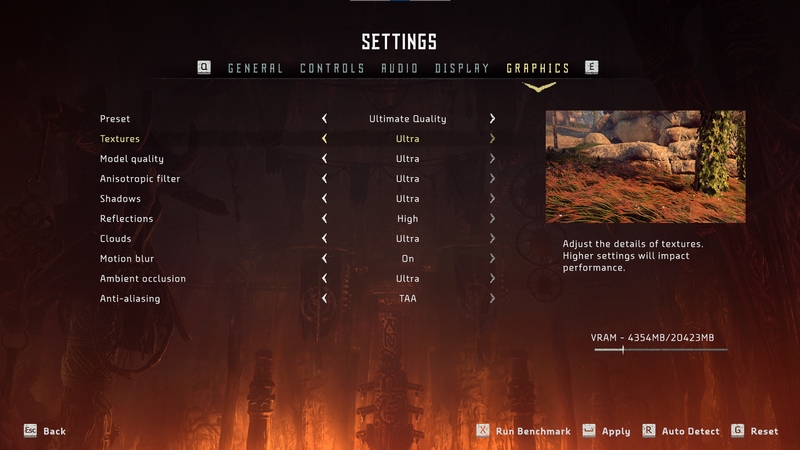
Horizon Zero Dawn CE (Complete Edition) is based on Guerrilla Games' Decima engine. Graphics are set to Ultimate Quality.



TEST RESULTS - METRO EXODUS ENHANCED EDITION

Metro Exodus Enhanced Edition is based on the 4A Engine and contains huge graphical upgrades compared to the normal version, including Ray Traced Emissive Lighting. Graphics are set at Extreme quality.



TEST RESULTS – RED DEAD REDEMPTION 2

For Red Dead Redemption 2 Rockstar has used their RAGE engine (Rockstar Advanced Game Engine). Graphics preset level slider is set to favour quality.



TEST RESULTS – RETURNAL

Returnal is also based on Unreal Engine 4. Graphics are set to EPIC (RT EPIC/Off).






TEST RESULTS - OVERCLOCKING

Even by pushing both the GPU and Memory sliders to the max the card had no problem during my tests (still the gains weren't really that great).






TEST RESULTS - POWER CONSUMPTION / TEMPERATURES / NOISE LEVELS



CONCLUSION
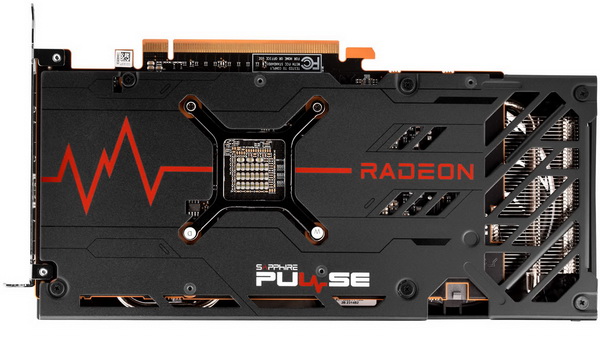
According to AMD their latest Radeon RX 7600 is not meant as a direct replacement to their Radeon RX 6650 XT model and it’s easy to see why (it does surpass the Radeon RX 6600 XT however, always according to several colleagues). That being said the Pulse Radeon RX 7600 8GB OC card by SAPPHIRE which I had the chance to review today is indeed a very good card for up to 1080p gaming but that’s just about it. Not only is the card based on a significantly cut-down version of the Navi 31 (and created with a previous lithography) and uses just 8 lanes (PCIe x8) it also comes with just 8GB of VRAM which does limit its performance even more in resolutions higher than 1080p. RT performance is also not good but to be fair I seriously doubt anyone would be getting a low/mid-end graphics card for gaming with RT enabled so that’s not really an issue for the Radeon RX 7600. Of course, the card does very well in terms of power consumption (didn’t surpass 182W during my tests) and as for temperatures and noise levels things are good there as well.
Even though far back MSRP was something retailers followed closely this hasn’t been the case for the last 3-4 years or so and thus I was also quite curious to see just how much the Pulse Radeon RX 7600 8GB OC cost today. Back in late May SAPPHIRE attached an MSRP of just USD270 on this card (same as the reference model by AMD) and so I was positively surprised to see that currently it retails for USD269.99 inside the USA (Amazon.com) and for 282.56Euros inside the EU (Amazon.de). At the end of the day the SAPPHIRE Pulse AMD Radeon RX 7600 8GB OC may not be award winning material but it’s certainly a very good card for up to 1080p gaming and for that it does come highly recommended.
PROS
- 1080p Full HD Performance
- Power Consumption
- Dual Slot Design (Size)
- OC Potential
- Features
- TRIXX Software
- Price (For Some)
CONS
- Overall Performance (Compared To Last Gen Radeon Models)
- PCIe x8 Interface

 O-Sense
O-Sense





